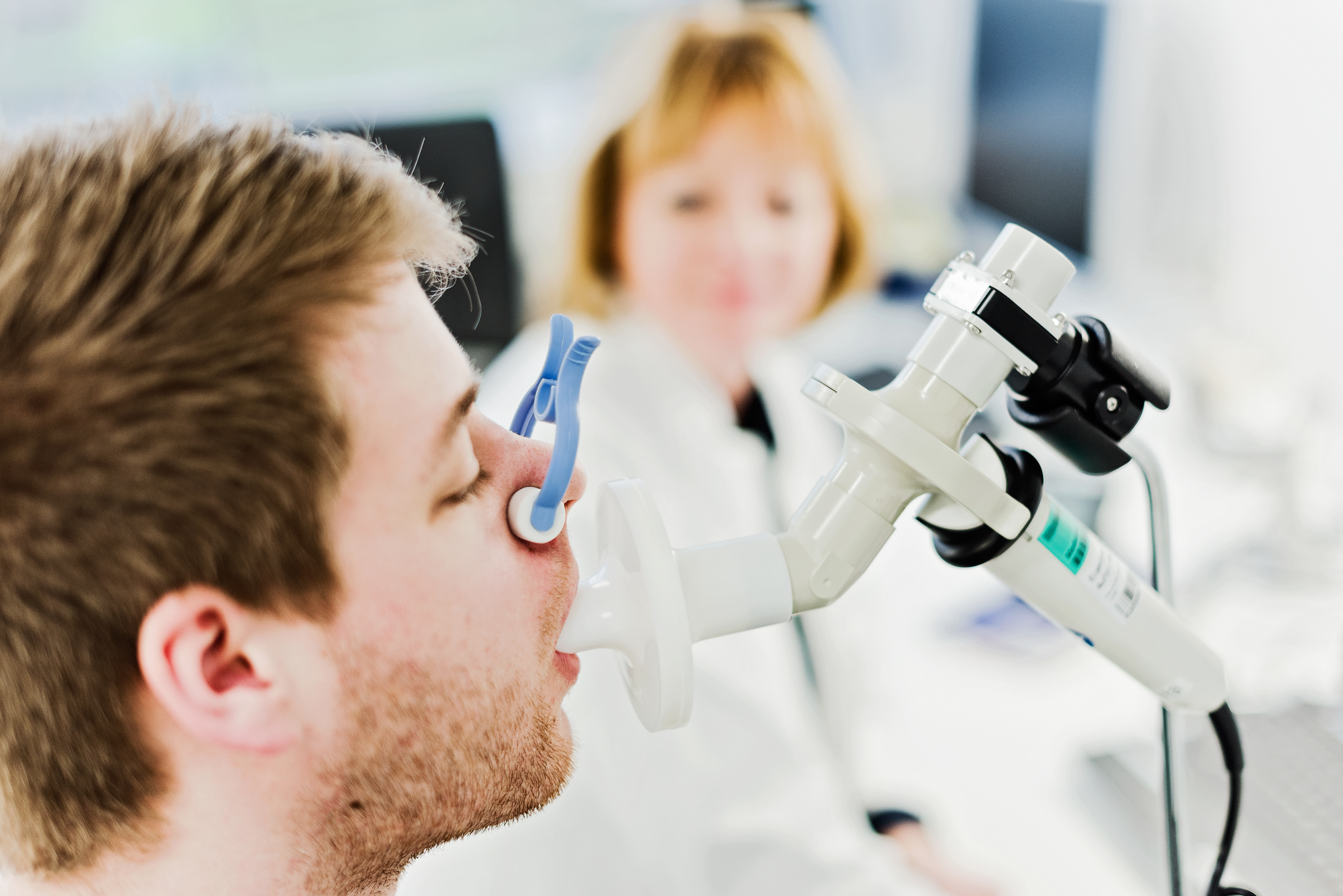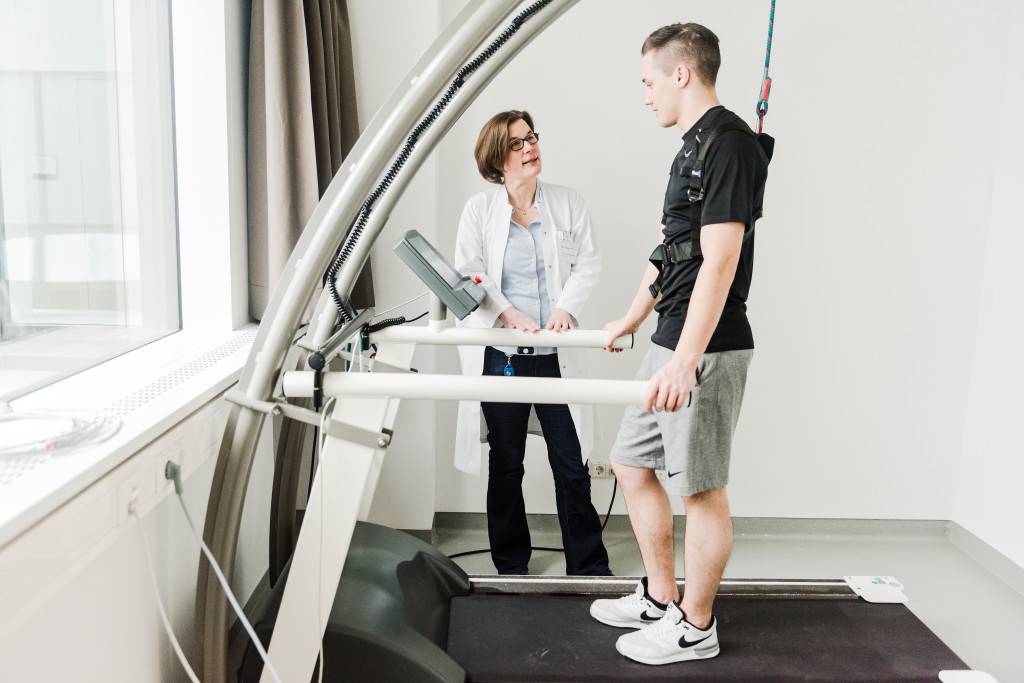Spirometry
Spirometry is a basic technique to measure standard lung function parameters such as FEV1, FVC, and PEF. We are very experienced in serial lung function tests in clinical trials and are also familiar with using external spirometers with a central over-read.
 Fraunhofer Institute for Toxicology and Experimental Medicine
Fraunhofer Institute for Toxicology and Experimental Medicine


